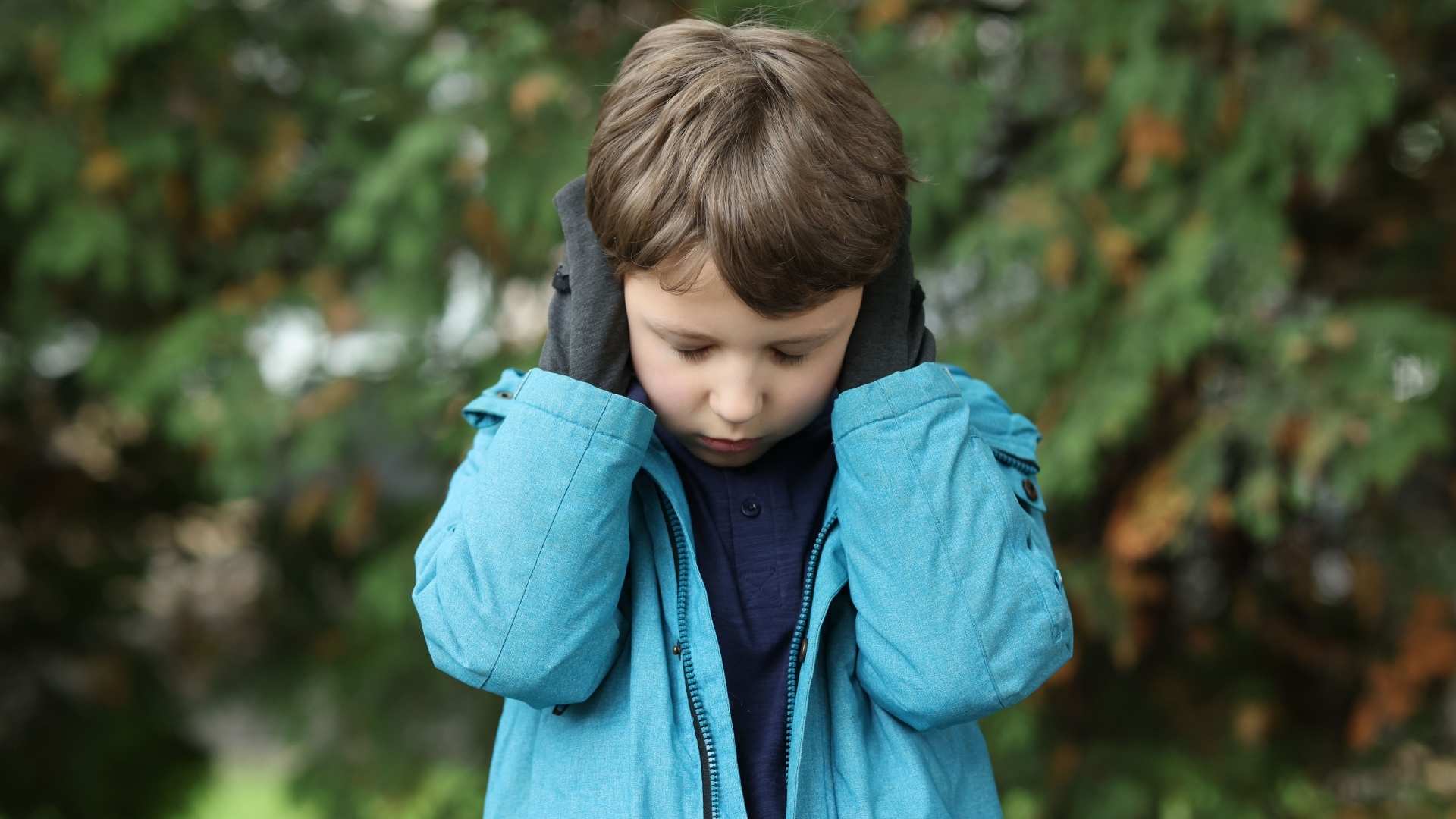Table of Contents
Is it hard to live with ADHD and autism?
For many families, the answer is yes—it can be. Imagine trying to focus on a noisy classroom when your brain is already racing, while also struggling to understand the social cues of the kids around you. This situation is the everyday reality for many children navigating both ADHD and autism.
These two neurodevelopmental conditions can exist independently, but when they occur together, the challenges often multiply for the children experiencing them and the caregivers supporting them. And yet, with the proper understanding, tools, and compassionate support, children with a dual diagnosis can not only cope: they can thrive.
In this blog by ABA Centers of Tennessee, we’ll explore what it really means to live with both ADHD and autism, how to recognize overlapping traits, and the practical ways families can support their children’s development through personalized care and early intervention. Keep reading to learn how we can help you build a more supportive future for your neurodiverse child by understanding the ADHD and autism overlap.
ADHD and Autism: Understanding the Double Diagnosis
When families receive a diagnosis of ADHD and autism, it often comes with a mix of relief and questions. It’s a complex journey that begins with recognizing how these two neurodevelopmental conditions interact—and sometimes overlap.
Research from the National Institutes of Health highlights that nearly half of individuals with autism also meet the criteria for ADHD. This ADHD and autism overlap creates a set of behaviors that can be difficult to untangle, especially when the ADHD and autism overlap affect how symptoms present in different environments. For example, is a child interrupting out of impulsivity (ADHD) or because they’re struggling with social norms (autism)? Is their hyperfocus a sign of autism, ADHD, or both?
Understanding how the two conditions coexist is crucial. A neurodevelopmental disorders study points out that children with this dual diagnosis may have more pronounced difficulties with executive functioning, emotional regulation, and adapting to new environments. These challenges can intensify without personalized support and targeted interventions.
Living with Both: How ADHD Looks in Children with Autism
A child with ADHD and autism might look different from a child with either condition alone. Picture a young boy who struggles to sit still in class but also finds it challenging to connect with his peers. He might obsess over dinosaurs—not out of passing curiosity, but with a deep, passionate focus. He may speak out of turn, not out of disrespect, but because he’s unsure how conversations work.
In children with autism, ADHD often adds an extra layer of complexity—difficulty paying attention, controlling impulses, or staying on task. Meanwhile, the core traits of autism—such as challenges in communication, social interaction, or sensory sensitivities—remain present, creating a unique neurodiverse profile.
Understanding this makes it critical to recognize the overlap between ADHD and autism. These kids may be misunderstood as defiant, inattentive, or even unmotivated, when in reality, they’re navigating a world that often isn’t built for their brains.
ADHD and Autism Awareness: What Caregivers Should Know
For caregivers, understanding the nuances of both conditions is the first step toward effective advocacy and support. One important thing to keep in mind is that dual diagnosis is more common than many people realize—and often underdiagnosed.
When a child has ADHD and autism but receives a misdiagnosis or only a partial diagnosis, their needs may not receive proper attention. Doctors often diagnose ADHD first because they notice symptoms like hyperactivity and impulsiveness more easily. In contrast, they can overlook autism, especially in children who mask their behaviors. That’s why comprehensive evaluations, conducted by professionals experienced in neurodevelopmental conditions, are essential. These assessments go beyond surface behaviors to understand how a child learns, communicates, and manages their emotions.
Once a diagnosis is precise, caregivers can begin to create a supportive environment that includes:
- Routine and structure to reduce anxiety and increase predictability
- Positive reinforcement to encourage desired behaviors
- Clear communication strategies tailored to the child’s strengths
- Collaboration with educators and therapists who understand neurodiversity
It’s also crucial for caregivers to give themselves grace. Parenting a person with ADHD and autism can be challenging and exhausting. Support groups, educational resources, and trusted providers can make a world of difference when navigating the ADHD and autism overlap.
How ABA Therapy Can Help Neurodiverse Children and Improve Life Quality

One of the most well-established and effective forms of support for children with autism—and those with ADHD traits—is Applied Behavior Analysis (ABA) therapy. Grounded in decades of research, ABA focuses on building useful and practical skills while addressing challenging behaviors in a compassionate and structured manner.
For a child with ADHD and autism, ABA can be a game-changer. It’s not about “fixing” a child—it’s about empowering them with tools that allow them to express themselves, build relationships, and participate meaningfully in daily life.
Some of the ways ABA helps include:
- Teaching communication skills, whether verbal or through alternative methods
- Building routines to support task completion and reduce frustration
- Helping with social skills, like turn-taking or understanding emotions
- Reducing harmful or disruptive behaviors using positive strategies
Because ABA is highly individualized, therapists can adapt the methods to meet the needs of children affected by the ADHD and autism overlap. Whether the focus is on managing impulsivity or improving transitions between tasks, ABA provides children with the opportunity to succeed on their own terms.
The benefits of early intervention are well-documented. The earlier a child begins therapy, the more they can build foundational skills that last a lifetime. Not only does this benefit the child, but it also strengthens the entire family system, creating more harmonious routines and a shared sense of progress.
Supporting Children, Supporting Families
Understanding the ADHD and autism overlap is key because at the heart of every therapeutic approach, there is a straightforward goal: helping children thrive. But thriving doesn’t happen in a vacuum. For a child with ADHD and autism to truly succeed, the entire family needs access to understanding, support, and resources.
It’s essential that caregivers feel comfortable asking questions, seeking second opinions, and pursuing therapies that align with their values. When everyone—from parents to teachers to clinicians—works together, the path forward becomes clearer.
The journey isn’t always easy. But with compassionate guidance and the right tools, families can help their children navigate challenges and celebrate victories, big and small.
A Brighter Future Starts Here
There’s no one-size-fits-all answer for supporting individuals with ADHD and autism, but there are proven paths that can lead to real progress. By understanding the ADHD and autism overlap, investing in early intervention, and using therapies like ABA, we can offer more encouraging futures for every child with ADHD and autism.
If you’re navigating this journey and aren’t sure where to start, the team at ABA Centers of Tennessee is here to help. From diagnostic evaluations to personalized ABA therapy programs, we’re committed to supporting families with compassion, clinical excellence, and real results.
Because every child deserves a chance to thrive, and every family deserves support along the way. Call us today at (844) 423-9483 or schedule a free consultation here.





